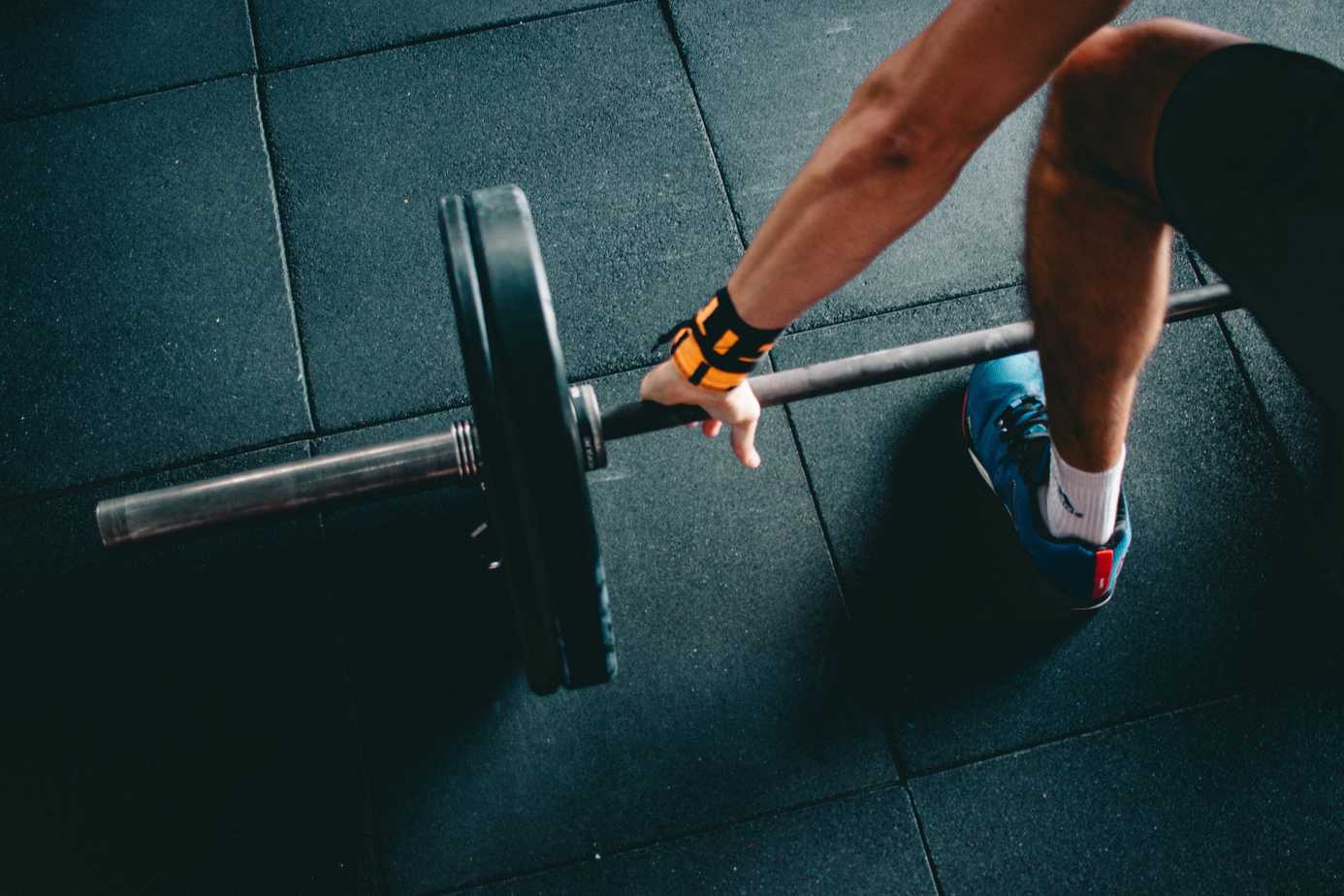A research review from the Performance Digest
Contents of Research Review
- Background & Objective
- What They Did
- What They Found
- Practical Takeaways
- Reviewer’s Comments
- About the Reviewer
- Comments

Background & Objective
Research has identified that low-volume resistance training stimuli may acutely enhance athletic performance (see HERE). This is often referred to as post-activation potentiation (PAP). However, due to the small window of opportunity that is available prior to competition, PAP is difficult to use when looking to enhance competition performance.
Some research has suggested that there is another window of potentiation of up to 48 hours (h) following low-volume resistance exercise (see HERE). Therefore, the aim of this brief review was to assess the current literature that has investigated the acute effects (1-48 h) of low-volume resistance exercise on subsequent exercise performance.
What They Did
PubMed, MEDLINE, CINAHL, SPORTDiscus, SCOPUS, Web of Science, and Google Scholar databases were used to search for research that was published up to December 2018. The search strategies included terms such as ‘priming,’ ‘resistance priming,’ ‘morning priming,’ pre-competition training,’ ‘morning exercise,’ acute response,’ ‘short-term response,’ neuromuscular performance,’ ‘resistance training,’ ‘resistance exercise,’ ‘strength training,’ ‘power training,’ and ‘post activation potentiation.’
Articles were included in the review if the study examined neuromuscular performance measures during the 1-48 h period following resistance exercise compared with control or baseline measures. The exercise intervention had to involve exercises utilising external load or maximal effort unloaded jumping.
What They Found
Neuromuscular Performance
- Potentiation in jumping performance has been observed 6-48 h following low-volume resistance exercise
- Athletes exhibiting high levels of anxiety may have a greater benefit to priming exercise.
Resistance Priming Strategies:
- Current research suggests exercise should range between 30–95 % one-repetition maximum (1RM) to elicit performance improvements up to 48 h after
- 30–40 % 1RM seems effective when performing ballistic exercises.
- Performance may be maximised when resistance is progressively loaded over multiple sets with low repetitions (<6) and performed at high resistance (>85 1RM).
- The training stimulus should remain low, between 450–1190 AU (sets x reps x % 1RM).
- The bench press is effective at eliciting upper-body potentiation
- Resistance priming strategies are most beneficial when performed 6 –33 h prior to competition.
Practical Takeaways
The evidence currently suggests that priming activity must be specific to the neuromuscular pathway of the subsequent task in order to maximise potentiation. For example, upper-body exercise potentiates subsequent upper-body tasks and lower-body exercise potentiates subsequent lower-body tasks. Depending on facilities, travel, and time of competition, priming sessions can look very different. Here are some examples:
Competition Day -1
A1) Jump Squat 2-3 x 3 @ 30-40 % 1RM
B1) Half Squat 3-4 x 3-6 @ 85-95 % 1RM
C1) Bench Press 3-4 x 3-6 @ 85-95 % 1RM
Competition Day 6-10 h Pre-Competition
A1) Jump Squat 2 x 2-3 @ 30 % 1RM
B1) Power Clean 2-3 x 3-4 @ 80-95 % 1RM
C1) Bench Press 2-3 x 3-4 @ 85-95 % 1RM
Competition Day 6-10 h Pre-Competition No Gym or Hotel Gym
A1) DB Squat Jump 3-4 x 3-5 @ 30% 1RM or as close to it as possible
B1) Band Resisted Ankle Pops 2 x 20
C1) Partner Resisted Overcoming ISO Pushup 3 x 6 sec
D1) 10 m Sprints x 2-4 w/ 30-60 sec Rest
Reviewer’s Comments
“I have reviewed many original research papers on priming exercise in previous Performance Digests. In order to maximise potentiation, the priming exercise should be similar to the subsequent task in whether it’s upper- or lower-body, and generally be velocity specific. This means that lightly loaded jumps generally potentiate reactive strength index and jumping, sprinting potentiates sprinting, and heavy resistance exercise generally potentiates strength and power with some carry over to jumping and sprinting.
This current review only investigated external resistance exercise and unloaded jumps and its effect on potentiation. However, previous research has also shown that sprinting enhances subsequent sprint and jump performance 6 hours later .”
Want to learn more?
Then check these out…
Watch ‘Resistance Training Priming Activity Improves Upper-Body Power Output in Rugby Players‘
Read ‘How to Elevate Afternoon Testosterone and Performance‘
Check out ‘Morning Priming Exercise and Afternoon Performance‘
The full study can be read here.

